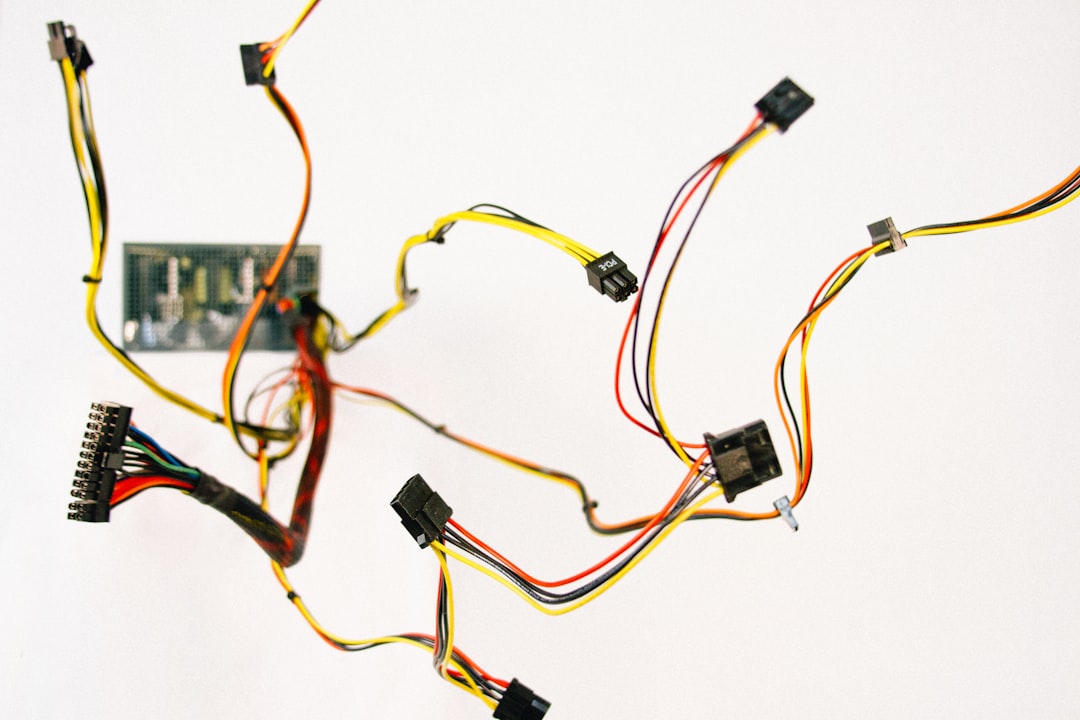What is it about?
In this paper a novel structure of an annular ring patch microstrip antenna based on Shape of Crescents Moon (SCMs) is designed, simulated and measured to operating with multiband applications. It is different parameters such as input impedance, return loss, gain, surface currents and radiation patterns were studying. This design consists of five SCMs in different sizes. Three of SCMs are arranged inside the annular ring patch and the others two are located outside. It is found that the proposed antenna possess triple band frequency which signify the multiband and compactness of antenna. The fabricated antenna is resonating at threefrequencies11.30, 18.07 and 20.72 GHz. This design is simulated using Ansoft High Frequency Structure Simulator (HFSS) and it compared with the obtained measurement data. Interestingly, the comparison results are in good agreement. The bandwidths of measured return loss at −10 dB corresponding with the X-, Ku- and K-bands frequencies which are 474, 620 and 810 MHz, respectively. Also, the antenna designed is useful for many services operations at these bands frequency and it is applications.
Featured Image

Photo by VM Quezada on Unsplash
Why is it important?
Due to measured values of triple band characteristics, small size and symmetric radiation patterns, the proposed antenna is desirable for X-band (11.112–11.586 GHz), Ku-band (17.748–18.368 GHz) and K-band (20.405–21.215 GHz) applications.
Perspectives
Writing this article was a great pleasure as it has co-authors with whom I have had long standing collaborations. This article also lead to electromagntic groups contacting me and ultimately to a greater involvement in antennas research field.
Dr Prof Wa'il A. Godaymi Al-Tumah
University of Basrah
Read the Original
This page is a summary of: Design, simulation and measurement of triple band annular ring microstrip antenna based on shape of crescent moon, AEU - International Journal of Electronics and Communications, April 2020, Elsevier,
DOI: 10.1016/j.aeue.2020.153133.
You can read the full text:
Resources
High Frequency Structure Simulator HFSS-Software
Software can be used in various applications and taken several forms, including commercial scientific and other. For scientific (Electromagnetic Applications): CST- Software (Computer Simulation Technology) Finite Integration in Technique (FIT) NEC- Software (Numerical Electromagnetic Code) Moments of method (MoM) COMSOL- Software (Computer Solver and Multi-physics simulation) Finite Element Method (FEM) HFSS- Software (High Frequency Structure Simulator) Finite Element Method (FEM) and Moments of method
High Frequency Structure Simulator HFSS-Software
Software can be used in various applications and taken several forms, including commercial scientific and other. For scientific (Electromagnetic Applications): CST- Software (Computer Simulation Technology) Finite Integration in Technique (FIT) NEC- Software (Numerical Electromagnetic Code) Moments of method (MoM) COMSOL- Software (Computer Solver and Multi-physics simulation) Finite Element Method (FEM) HFSS- Software (High Frequency Structure Simulator) Finite Element Method (FEM) and Moments of method
Contributors
The following have contributed to this page










